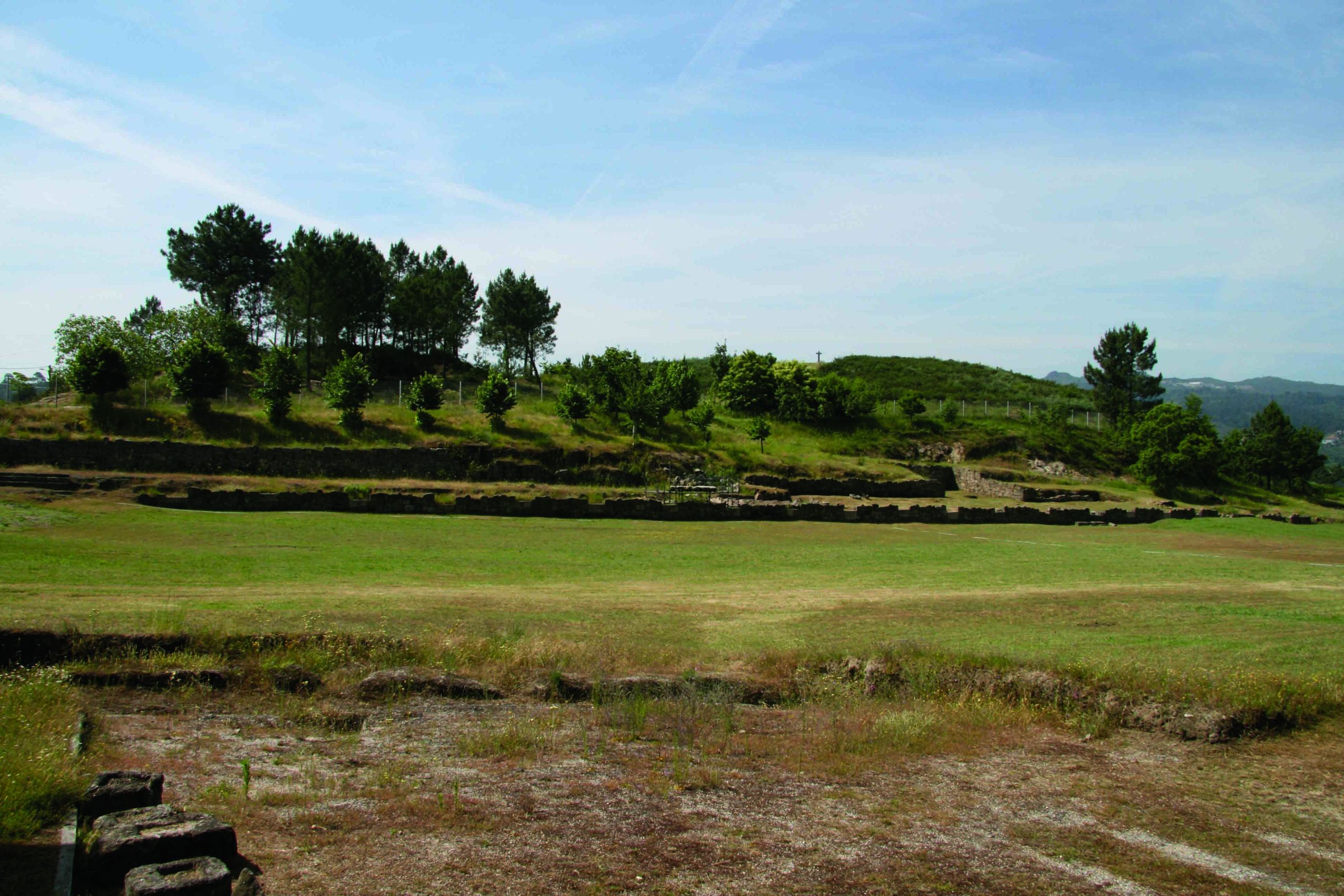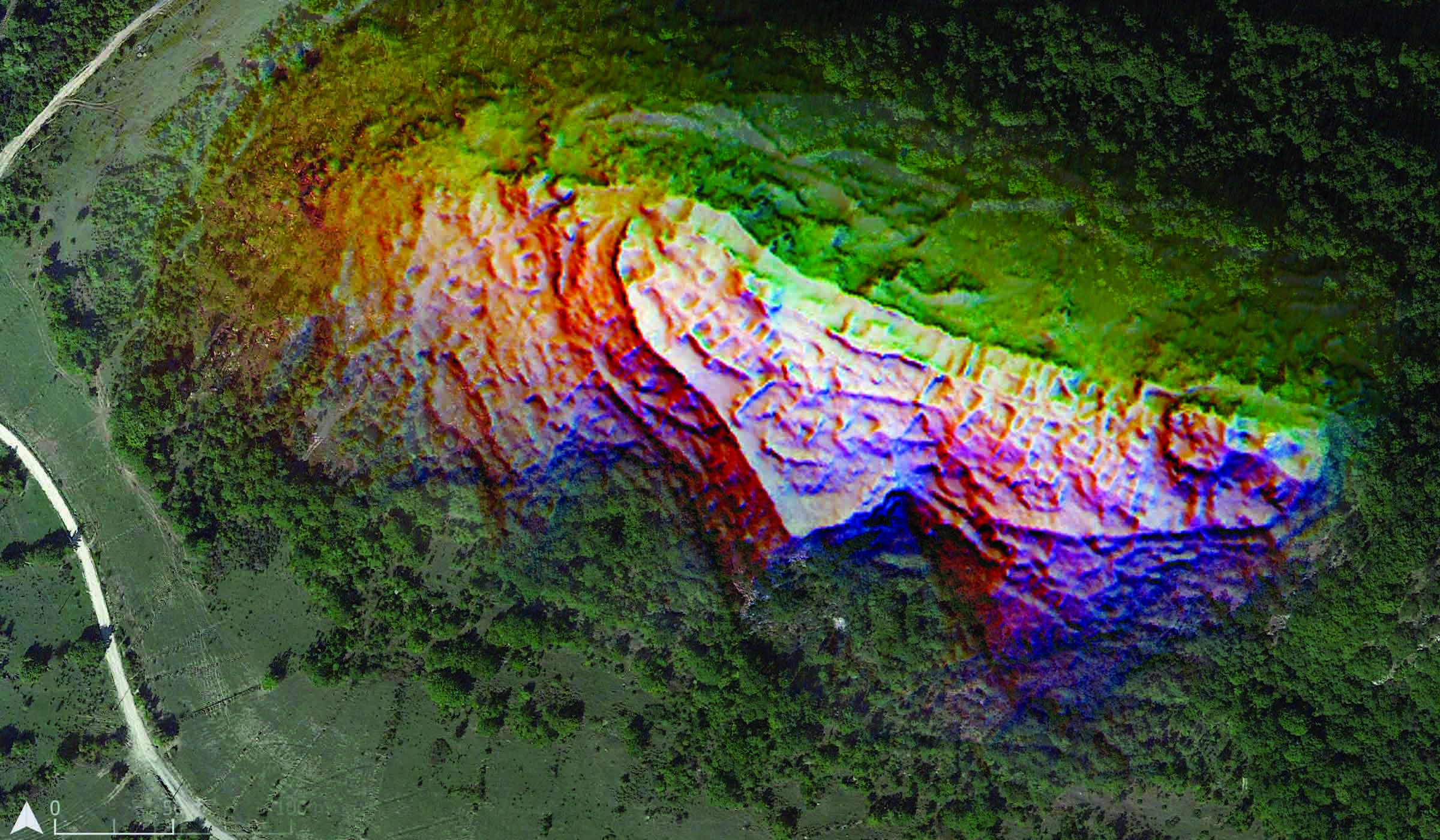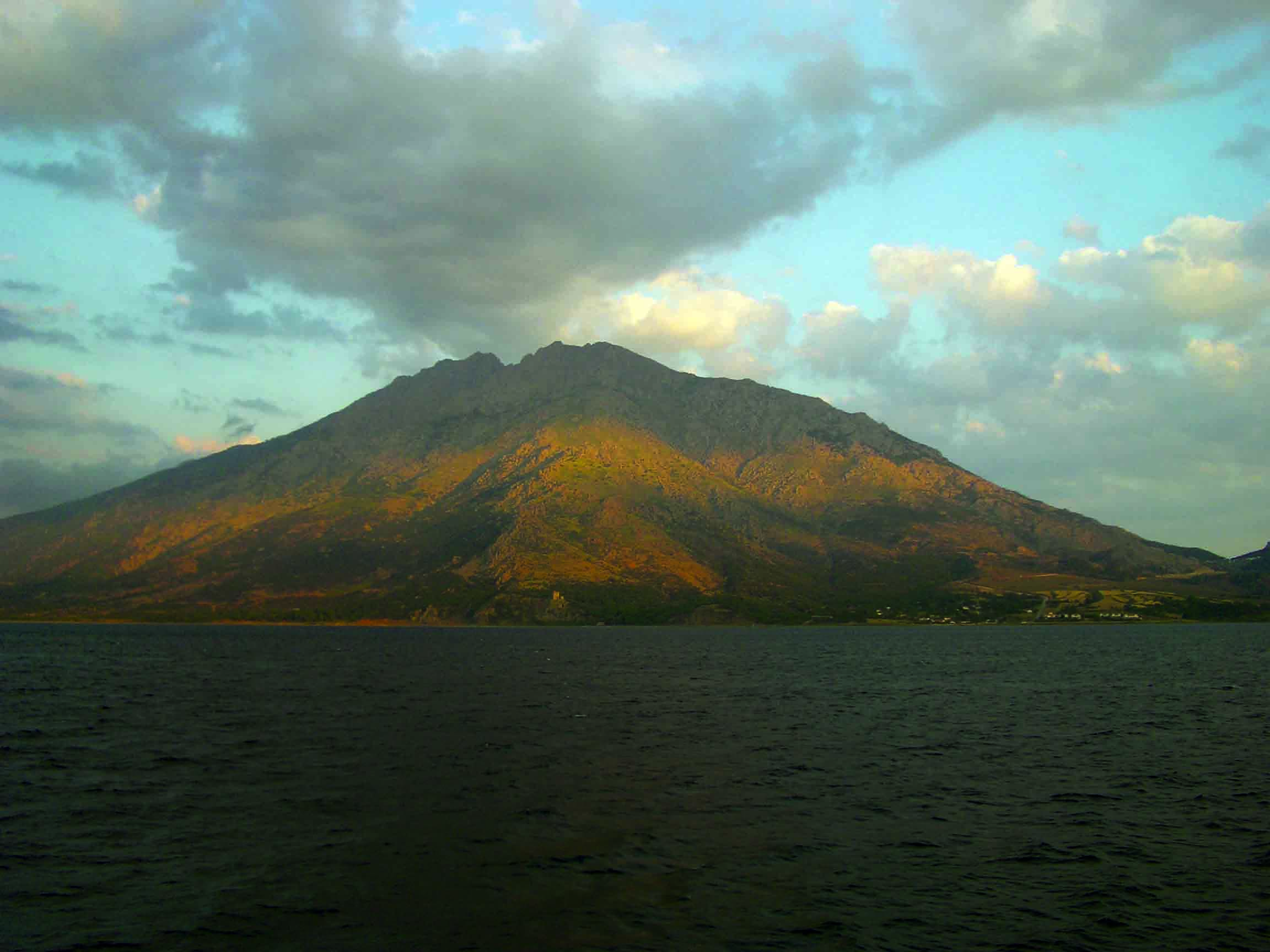
HALLSTATT, AUSTRIA—According to a statement released by Cell Press, Frank Maixner of the Eurac Research Institute for Mummy Studies, Kerstin Kowarik of the Museum of Natural History Vienna, and their colleagues analyzed microbes, DNA, and proteins in 2,700-year-old coprolites recovered from an Iron Age salt mine in central Austria. The study revealed the presence of beans, millet, barley, fruits, nuts, a little meat, and DNA from Penicillium roqueforti, a fungi used in the production of blue cheese, and Saccharomyces cerevisiae, which is used to brew beer. Maixner explained that the Hallstatt miners appear to have employed food-fermentation technologies with microorganisms which are still used in the food industry today. Future research will explore how the consumption of fermented foods and the composition of the gut microbiome changed over time. Read the original scholarly article about this research in Current Biology. To read about 1,500-year-old human coprolites unearthed in southwest Texas, go to "Snake Snack."










